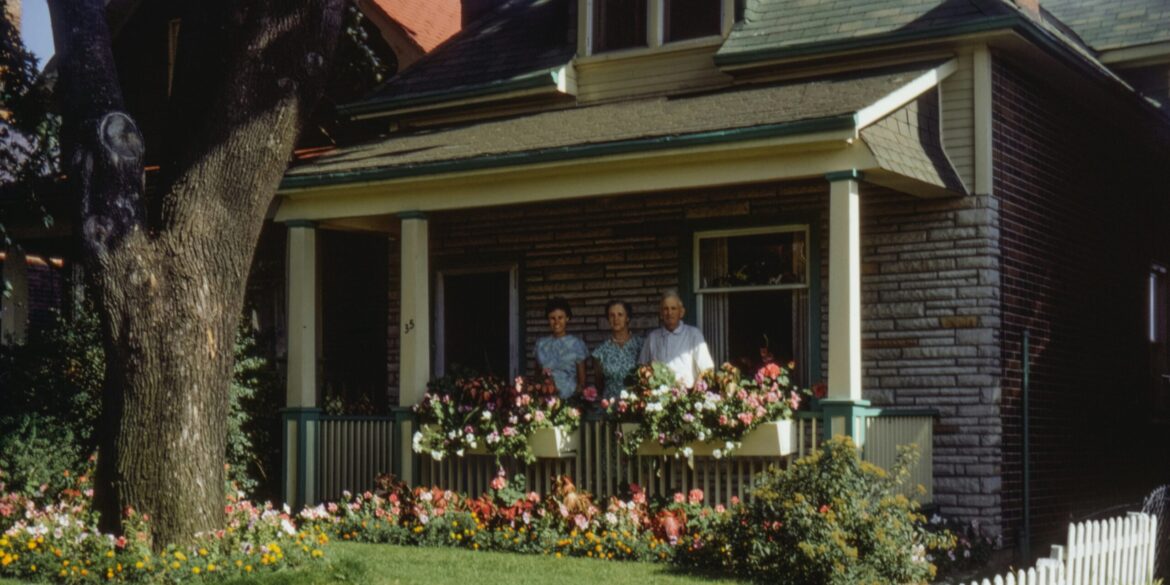Across the United States, more homeowners are turning to specialized financing to make their homes greener and more energy-efficient. Data from both private lenders and state-backed programs show a sharp uptick in demand, with applications for eco-retrofit loans rising by 35 percent year-over-year. These loans, often used to fund upgrades such as solar panel installations, high-efficiency heat pumps, advanced insulation, and modernized windows, are being embraced by households seeking to lower utility bills while boosting property value.
Industry analysts say the surge reflects a confluence of factors: better loan terms from lenders, heightened consumer awareness of climate and energy concerns, and expanded municipal incentive programs. In states such as Massachusetts and California, governments have rolled out rebate initiatives and interest rate subsidies that make it easier for middle-income families to participate. Some jurisdictions have paired retrofit financing with property tax repayment mechanisms, allowing homeowners to pay off their investments through annual tax assessments rather than through traditional monthly loan payments. This structure has been particularly attractive for borrowers who might otherwise be wary of taking on new debt.
Contractors in the home performance sector report that the demand is not limited to solar arrays or luxury smart-home features. Instead, many households are opting for “deep energy retrofits,” comprehensive projects that tackle multiple aspects of an older home’s efficiency in one sweep. These retrofits can include air sealing, full HVAC system replacements, and advanced water heating systems alongside envelope upgrades like exterior cladding and attic insulation. For aging housing stock in cities like Boston, Philadelphia, and Chicago, such improvements are often critical to meeting new energy codes and preparing for climate resilience.
The push for retrofits dovetails with larger national and state-level efforts to decarbonize the residential sector. According to recent estimates, U.S. homes account for nearly 20 percent of the nation’s energy-related greenhouse gas emissions. By targeting inefficiencies in heating, cooling, and electricity use, retrofit programs aim to reduce emissions while shielding households from volatile energy prices. Policymakers argue that widespread adoption of efficiency upgrades will also ease stress on regional power grids during peak demand periods, reducing the likelihood of brownouts in hot summers or severe winters.
Financial institutions have been quick to recognize the growth potential in this market. Several major banks now offer green loan products with favorable terms, including lower interest rates or extended repayment schedules for certified eco-upgrades. Credit unions and community lenders have joined in as well, seeing retrofit financing as a way to strengthen ties with local borrowers while supporting community sustainability goals.
For homeowners, the benefits extend beyond lower energy bills. Retrofit upgrades often improve indoor comfort by eliminating drafts, stabilizing indoor temperatures, and reducing noise. Enhanced air quality from modern ventilation systems has also been linked to health improvements, particularly for individuals with asthma or other respiratory conditions. Real estate experts note that homes with completed energy upgrades tend to command higher resale values and sell more quickly than comparable properties without such improvements.
Still, challenges remain. The upfront cost of deep retrofits can be significant, even with financing options available, and many households are unaware of the full range of incentives they qualify for. Contractors also face labor shortages, with demand for skilled workers outpacing supply in some regions. Analysts warn that unless the labor gap is addressed, bottlenecks could slow the pace of adoption just as interest in retrofit loans is peaking.
Looking ahead, energy policy experts predict continued growth in eco-retrofit lending as federal and state governments push for more aggressive climate action. Upcoming building code revisions and performance standards will likely increase demand further, ensuring that retrofit financing becomes an enduring part of the residential real estate and lending landscape. For many households, green financing is no longer a niche product but a practical tool to manage costs, boost property value, and contribute to broader environmental goals.

